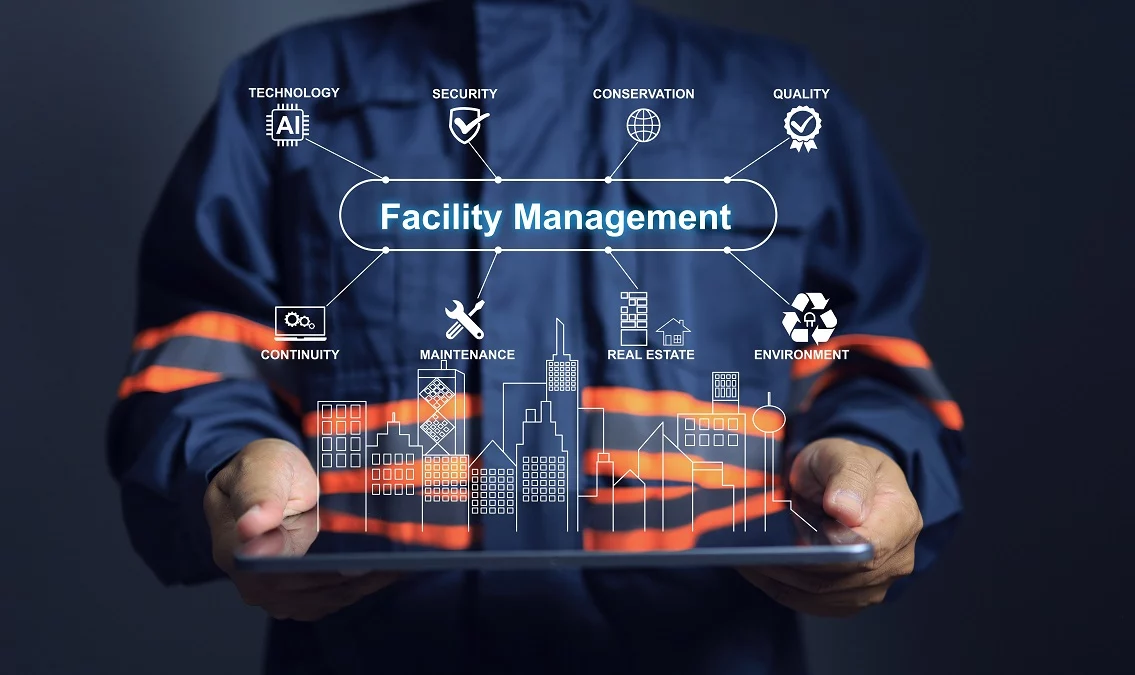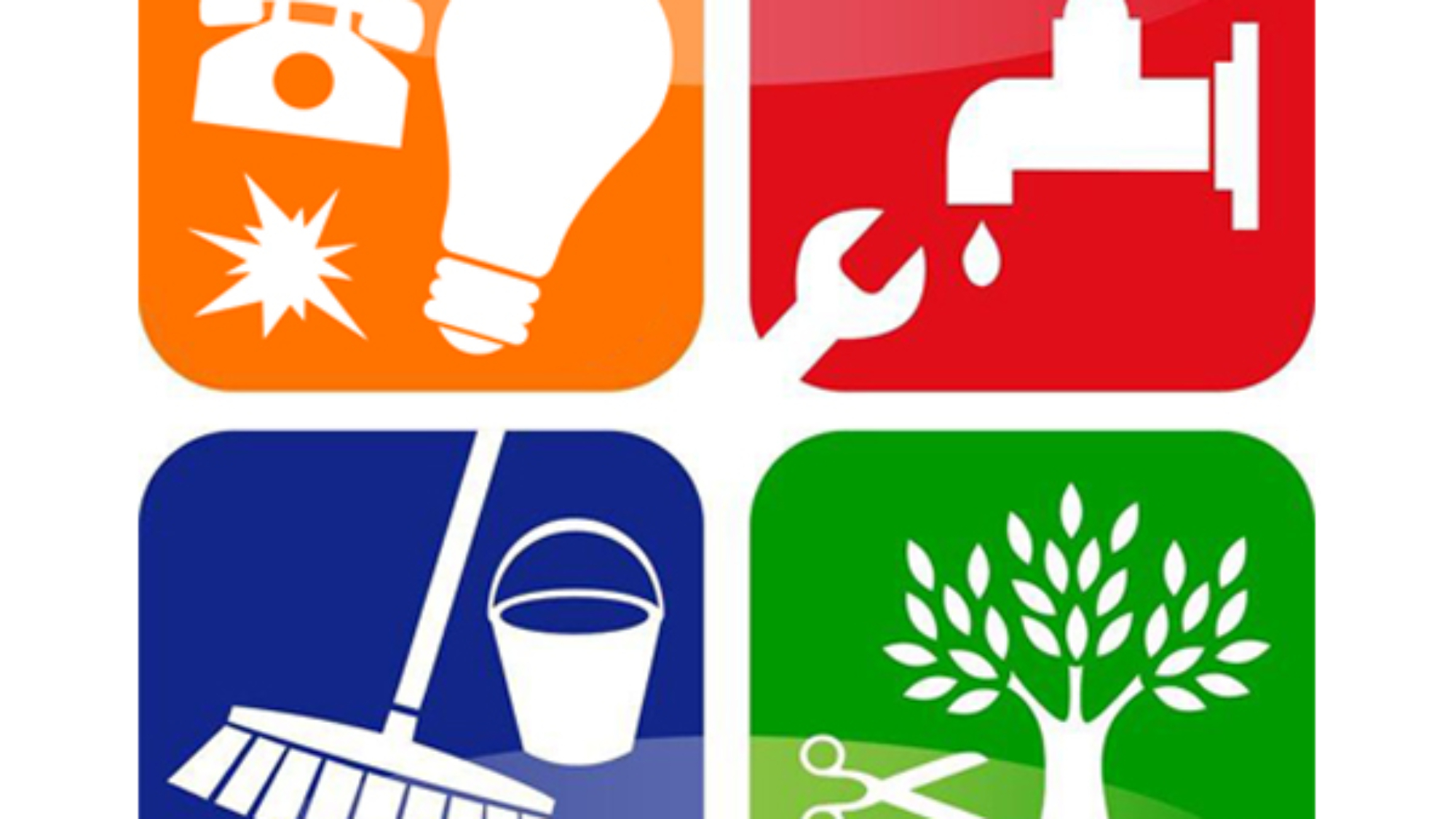Key Fads Shaping the Future of Facility Monitoring in 2024
As we look ahead to 2024, the landscape of center monitoring is positioned for considerable change, driven by several key patterns. The integration of wise structure modern technologies and a shift towards data-driven decision-making guarantee to enhance functional effectiveness while focusing on sustainability in method.
Smart Structure Technologies

Smart structure technologies include a vast range of systems, including intelligent illumination, HVAC controls, and safety systems. By integrating these systems, facility managers can check and readjust criteria in real-time, resulting in substantial reductions in energy waste and operational costs. Wise sensing units can find tenancy levels and adjust lighting and temperature as necessary, ensuring that energy is just used when required.
In addition, these modern technologies assist in improved data collection, allowing organizations to track usage patterns and recognize chances for additional renovations. The execution of smart building technologies not only contributes to sustainability goals however also produces much healthier work atmospheres that can improve staff member performance and contentment.
As we move right into 2024, the adoption of wise building technologies will likely increase, mirroring a broader change in the direction of more intelligent, receptive, and lasting center monitoring techniques.
Data-Driven Choice Making
Increasingly, organizations are leveraging data-driven decision making to enhance center management methods. By harnessing data analytics, facility managers can acquire actionable insights that considerably enhance operational performance and resource allocation. The integration of innovative innovations, such as IoT sensors and real-time tracking systems, allows the collection of large amounts of data on building performance, tenancy prices, and power intake.
This wealth of info allows facility managers to identify patterns, forecast upkeep requirements, and proactively address issues prior to they rise. Predictive analytics can forecast devices failures, decreasing downtime and fixing expenses. Furthermore, data visualization devices assist in far better communication among stakeholders, ensuring that educated decisions are made collaboratively.
Furthermore, data-driven techniques enhance critical preparation by making it possible for center managers to evaluate the efficiency of current methods and make educated selections regarding investments in modern technology or infrastructure. As organizations progressively focus on operational quality, data-driven choice making is poised to become a cornerstone of effective center monitoring strategies in 2024 and past. Eventually, the capacity to utilize data efficiently will encourage organizations to produce more effective, efficient, and resilient centers.
Sustainability and Green Practices
The focus on data-driven choice making normally straightens with the growing emphasis on sustainability and green techniques within center monitoring. As organizations significantly focus on click to read ecological obligation, center managers are leveraging analytics to enhance resource use, minimize waste, and minimize carbon footprints. This tactical approach allows the integration of energy-efficient systems, such as LED lights, clever HVAC controls, and eco-friendly energy resources into center procedures.
Additionally, the application of sustainable techniques extends past energy usage. Facility managers are taking on environment-friendly products and advertising reusing initiatives to develop a round economic situation within their facilities. This not just enhances the ecological profile of the company yet additionally fosters a culture of sustainability amongst workers.
Compliance with environmental regulations is another critical facet driving the adoption of environment-friendly techniques. By using data analytics, center managers can keep track of compliance metrics and determine locations for renovation, guaranteeing adherence to neighborhood and global sustainability criteria.
Hybrid Job Versions
A substantial shift in the direction of crossbreed job designs is improving the landscape of facility monitoring in 2024. This standard integrates remote and in-office work, demanding a reevaluation of area application, source allotment, and employee engagement approaches. Organizations are significantly acknowledging the value of versatile offices that deal with varied needs and choices.
Facility supervisors need to adjust by implementing versatile workplace designs that sustain collective initiatives while supplying areas for focused job. This consists of the assimilation of technology to facilitate seamless communication and partnership amongst in-office and remote staff members. Smart building options, furnished with analytics and sensing units, enable real-time surveillance of room use, allowing companies to maximize their environments successfully.
Additionally, hybrid work designs stress the requirement for efficient center administration that prioritizes staff member experience. In significance, the hybrid job version is changing center monitoring, encouraging a positive strategy to satisfy the developing demands of the workforce.
Enhanced Owner Health
As companies welcome hybrid work versions, a heightened concentrate on passenger health is ending up continue reading this being important to facility administration methods. Facility Management. This shift recognizes that a healthy and satisfied labor force straight affects performance and retention rates. Center supervisors are now prioritizing settings that promote mental and physical health, integrating aspects such as natural illumination, biophilic layout, and easily accessible wellness sources

Innovation plays an essential role in this evolution. Smart building systems can check environmental variables and adjust settings in real-time, ensuring optimum convenience levels - Facility Management. Comments mechanisms, such as tenancy sensors and employee studies, enable facility managers to continually improve wellness efforts based on passenger demands.

Final Thought
In 2024, the future of center monitoring will certainly be dramatically influenced by the integration of clever building modern technologies and data-driven decision-making, fostering improved operational effectiveness. These fads jointly emphasize the visite site progressing landscape of center administration in feedback to modern challenges and opportunities.
Facility supervisors are advertising and embracing green products recycling campaigns to create a circular economic situation within their centers.A considerable change in the direction of crossbreed work versions is improving the landscape of facility management in 2024.Additionally, hybrid job versions highlight the demand for reliable facility monitoring that focuses on staff member experience.As companies welcome hybrid job models, an enhanced emphasis on resident wellness is coming to be integral to facility monitoring strategies.In 2024, the future of center monitoring will certainly be substantially influenced by the integration of smart structure innovations and data-driven decision-making, fostering boosted operational performance.